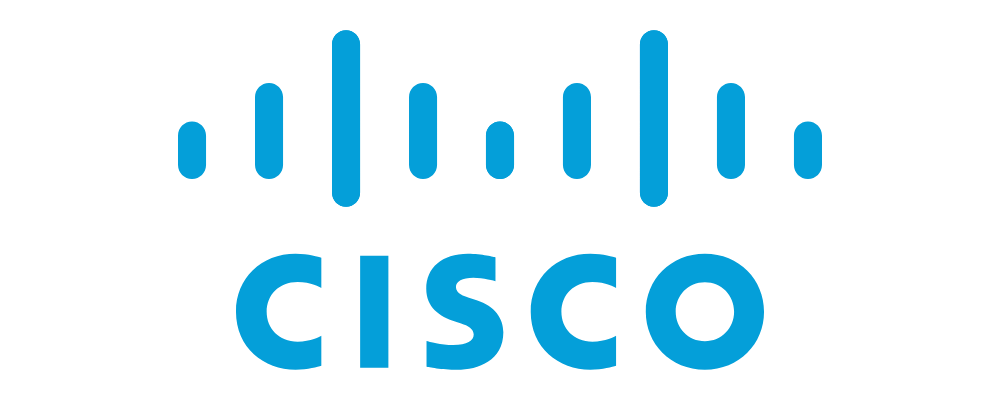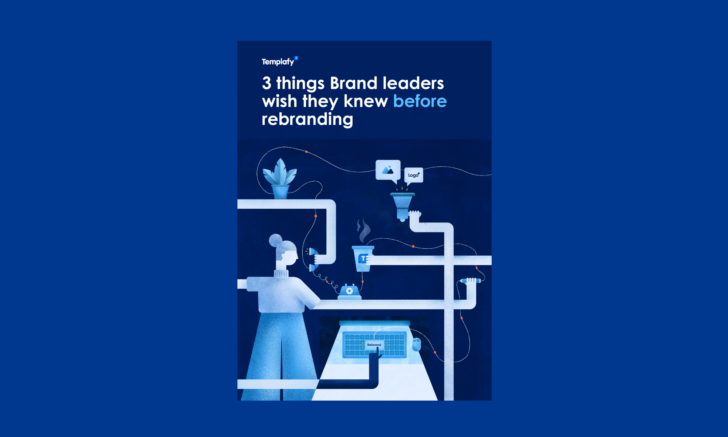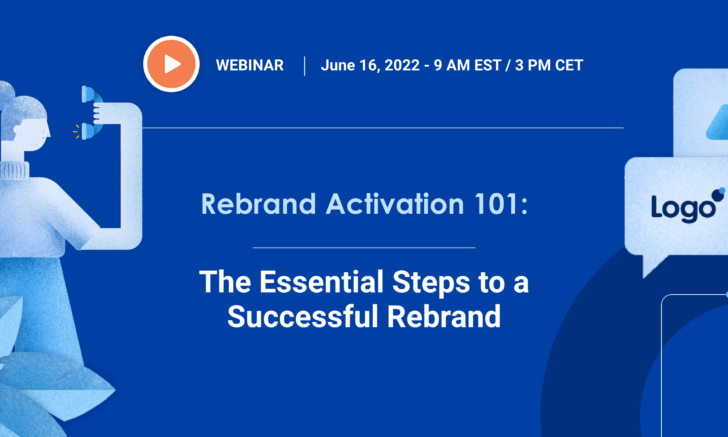A beginner's guide to corporate rebranding
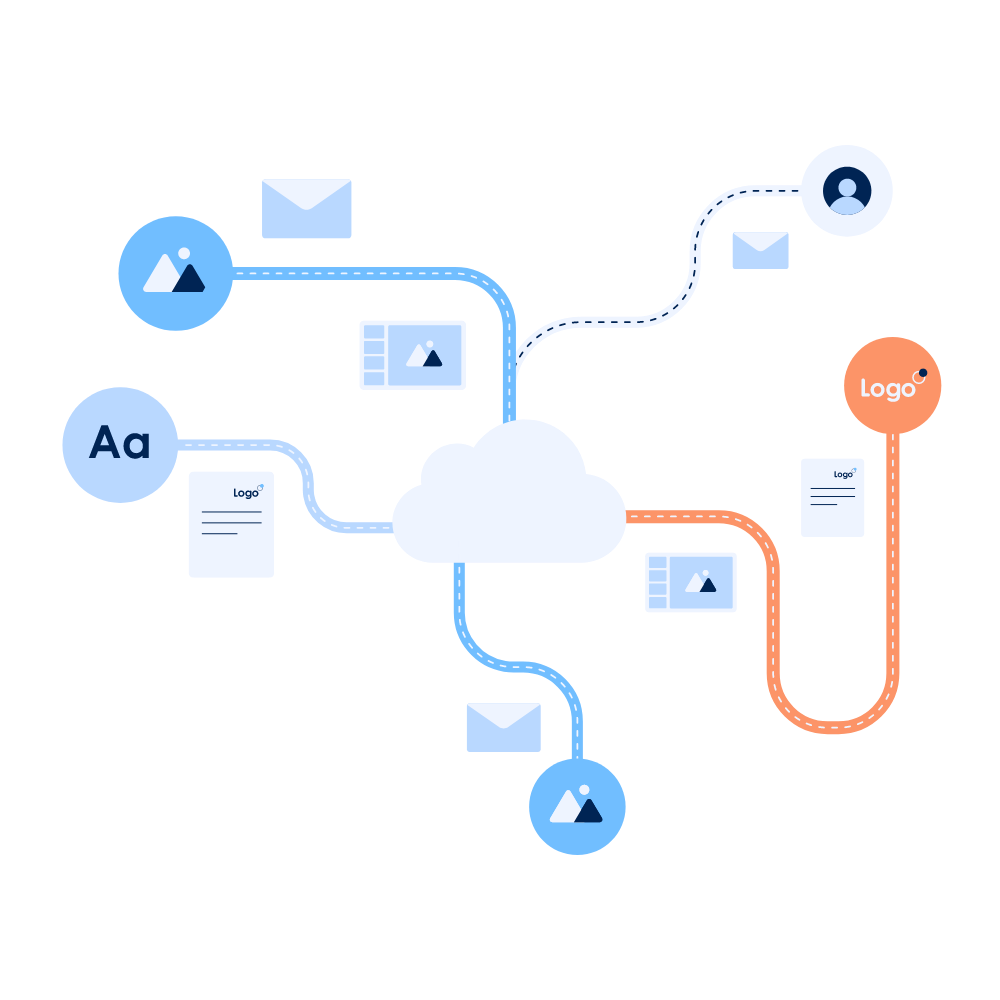
An intro to brand updates and overhauls
Corporate rebranding occurs when an established brand goes through the process of updating its company identity. This can include brand refreshes, brand updates, and complete rebrands.
A brand refresh is when a company evolves its existing branding to keep up with changes in the marketplace by tweaking existing assets. A refresh may include updated colors, a new version of the logo, or cleaning up the corporate typography.
A full rebrand occurs when there is a fundamental change in the organization, for example, a new product or service, a change in company structure, or a merger and acquisition. This can include updates to both company positioning and expression, including anything from a new name, logo, corporate DNA, or brand strategy.
Companies may choose to rebrand in order to keep the company relevant, up to date and accessible.
Timeless but still relevant: the importance of corporate rebranding
Rebranding and brand updates allow organizations to inspire existing audiences and connect with new ones. Through a corporate rebrand, organizations can show that they are consistently aware of the needs they are addressing and the changing landscape they are working within.
Updating a brand reflects the intention that the product and organization are timeless, while still meeting the modern needs of customers.
Corporate rebranding can also communicate changes about the brand such as new leadership structures, products or services, or markets. This process can be an external reflection of internal change which allows audiences to understand how the organization is positioning itself.

The six most common challenges in rebranding
Corporate rebranding is a notoriously difficult process. From planning to alignment to strategy to execution and finally rollout, rebranding requires a huge collaborative effort across the entire organization.
Some common challenges in corporate rebranding include:
1. Establishing internal agreement among all stakeholders on how the brand should be updated
2. Creating clear guidelines on what has been updated and how the new brand materials should be used.
3. Communicating the details of the rebrand within the company to ensure internal alignment
4. Cleanly shifting from the old brand to the new — both internally and externally
5. Avoiding having old brand assets appear after the new brand has been launched
6. Securing buy-in from existing customers and prospects by clearly demonstrating the value of the new brand
Ultimately, the success of a rebrand depends on a company’s ability to clearly articulate why it is rebranding now, what the new brand should look like, and how they are going to get there.

Managing a rebrand in five steps
Although the process of corporate rebranding is always unique — depending largely on the size of the company and the scope of the rebranding — the process generally flows through the same five stages.
1. Planning and preparation
Understand the goals for rebranding and the current status of the corporate brand as-is.
2. Internal alignment and clarity
Enlist all stakeholders to the project and assign responsibility for each step of the creative process.
3. Establish new visual identity
Solidify the exact updates your rebrand will make to logos, colors, typography, and messaging.
4. Generate internal alignment
Make sure all employees have clear and easy access to updated brand material, and that they know how to use them.
5. Launch in the market
Roll out the new brand externally, communicating the value of the effort and what customers can expect moving forward.
How to activate your brand across teams, markets, and platforms
Build consumer trust and loyalty with increased brand consistency
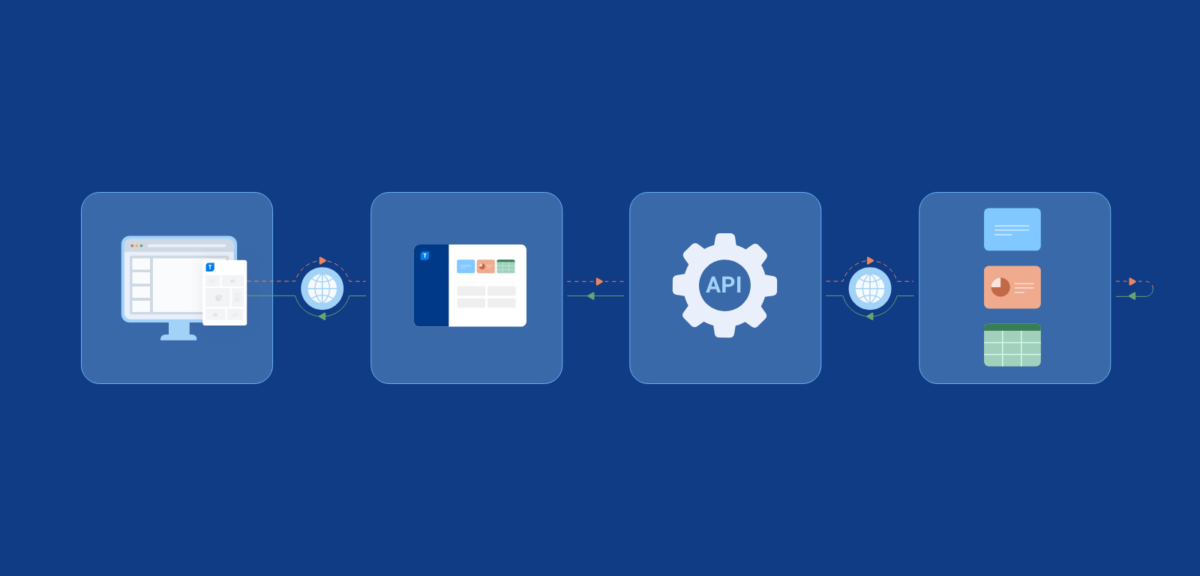
Choosing the right software for a corporate rebrand
Throughout the course of a corporate rebrand, you will likely use many different digital tools.
One that is most vital for the continued success of any rebrand is a centralized repository for branded content that can easily be maintained, distributed, and accessed by everyone in the company.
Following the launch of a new brand, many companies struggle to replace their old assets with new or updated branded content. This can lead to a fragmented, inconsistent appearance, reflecting badly on the organization.
The right software can provide tools for document management, template management, and digital asset management, ensuring that updated brand elements and templates are stored in a location where employees can easily find and use them. This makes it easy for employees to access and use the updated brand elements, which helps ensure rebranded elements are used consistently and correctly.
How Templafy’s platform can enable your corporate rebrand
Templafy’s next-gen document generation platform enables easy distribution of all your brand elements following a corporate rebrand.
Through a centralized platform, all your organization’s brand elements and document templates are governed, updated and stored. With smart administration and real-time synchronization, only the most up-to-date versions of all assets are available to employees, making it easy to adhere to new brand guidelines.
Templafy works within Microsoft Office and Google Workspace applications, meaning that updated branded material including templates, logos, and images are automatically integrated into existing workflows. Employees will have no need to search through local folders or intranet pages, as all materials will be available directly within their document-building programs, saving time and improving efficiency.
Additional features, such as automated font distribution and centralized email signature management, guarantee that all touchpoints of a brand are consistently updated and correctly implemented.

Trust your brand is in safe hands
Browse more content
3 things Brand leaders wish they knew before rebranding
Learn all about strategies and practical examples to activate your brand with confidence.
Why document governance is crucial to reducing risk and optimizing enterprise security
Keeping organizations secure is a top priority for any modern organization.
Rebrand activation 101: the essential steps to a successful rebrand
If a new brand — logo, visuals, messages — is perfectly aligned to business objectives, but never makes it to the customer, will it have an impact?



